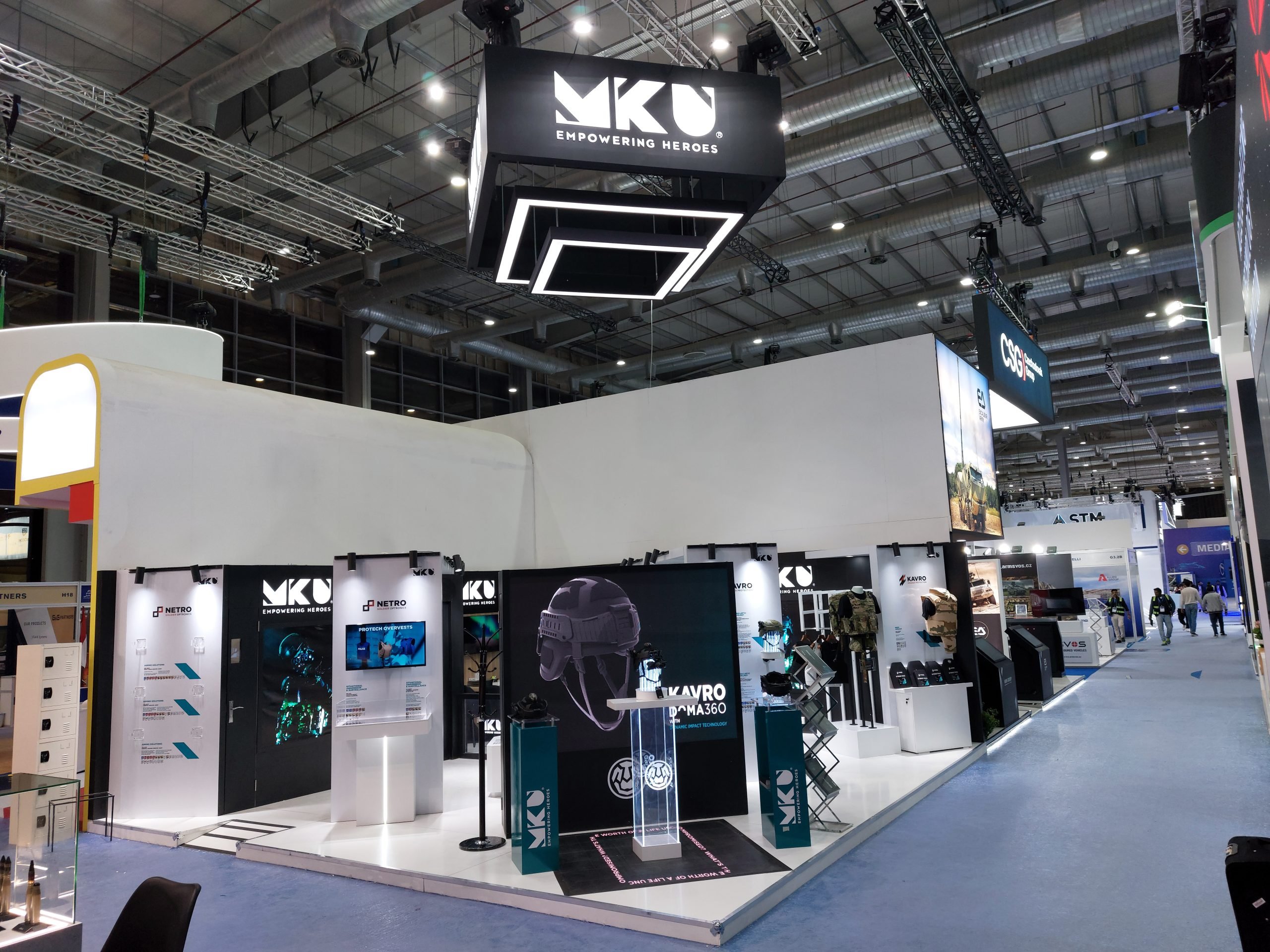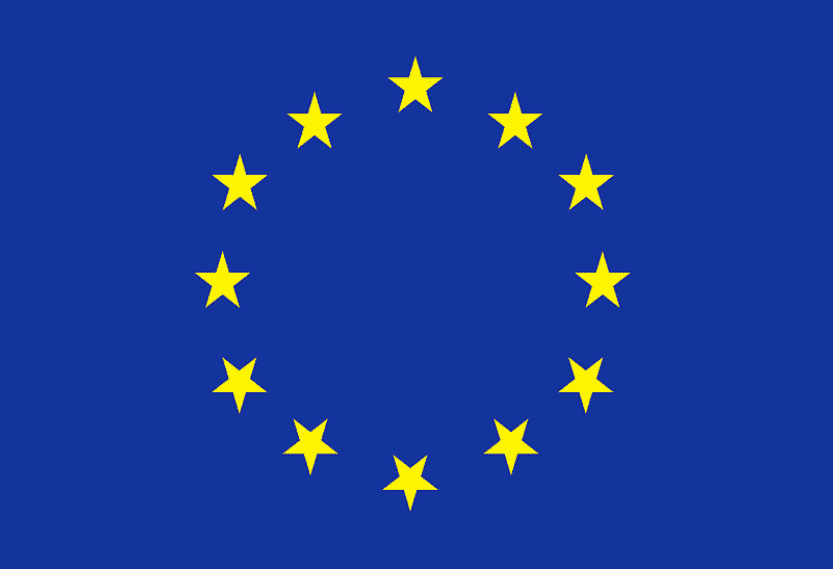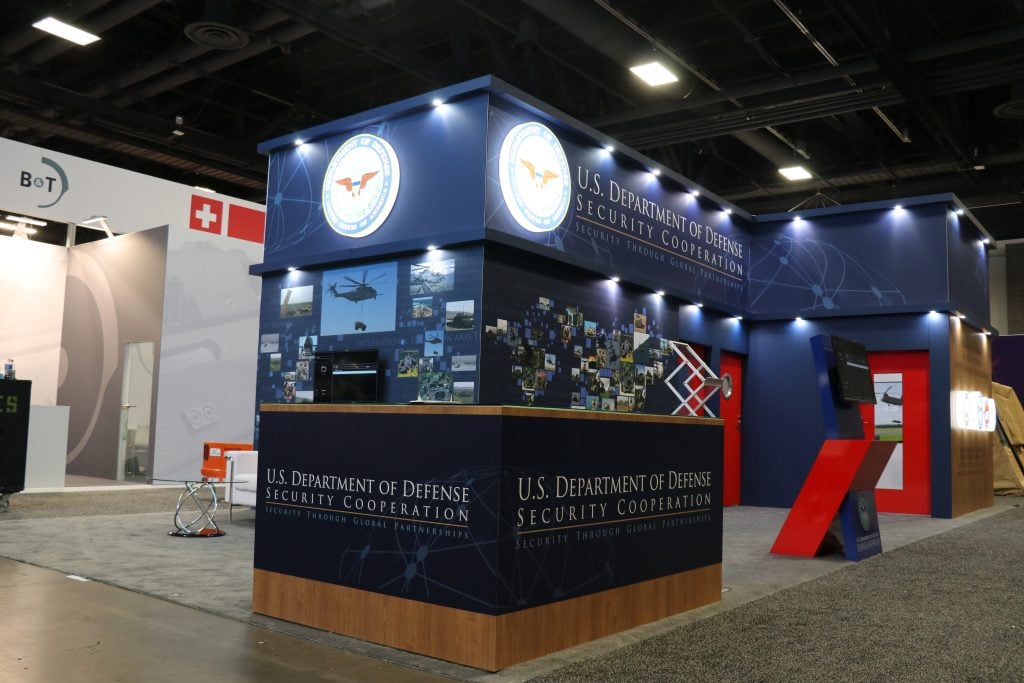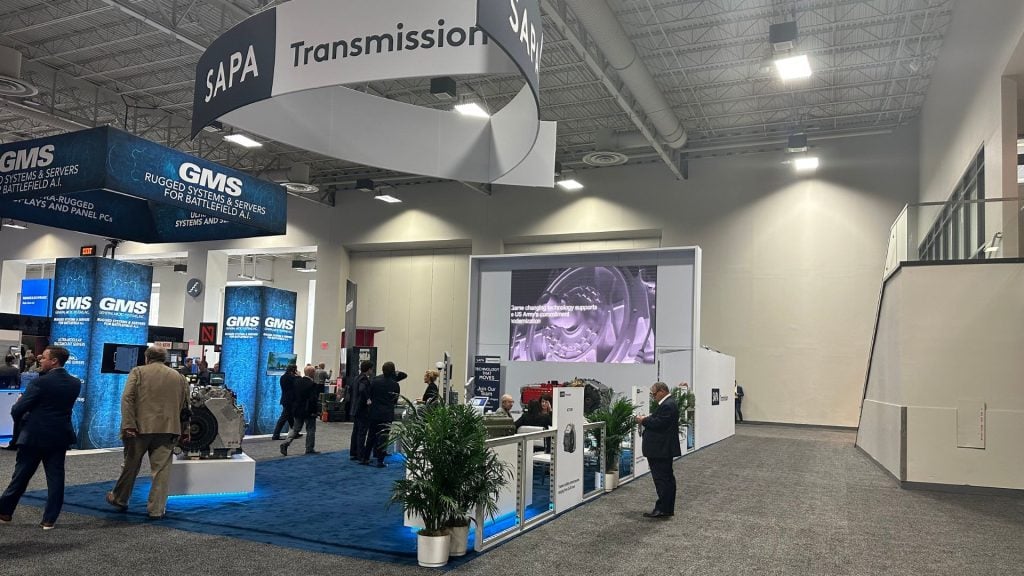
Introduction
In an era defined by rapid technological advancements, the landscape of trade show exhibit booths and marketing strategies is undergoing a profound transformation. Digital technologies are revolutionizing the way brands engage with audiences at trade shows and events, offering new opportunities for innovation, personalization, and immersive experiences. In this article, we’ll explore the impact of technology on modern exhibit booths and how it is shaping marketing strategies in the digital age.
The Evolution of Exhibit Booths:
Traditionally, trade show exhibit booths consisted of physical structures adorned with printed graphics and promotional materials. However, advancements in digital technology have enabled exhibitors to create dynamic and interactive booth experiences that captivate attendees’ attention and leave a lasting impression.
From touchscreen displays and augmented reality installations to virtual reality simulations and interactive kiosks, digital technologies have opened up a world of possibilities for exhibitors to engage and entertain audiences in new and exciting ways.
Enhancing Engagement and Interactivity:
Digital technologies play a crucial role in enhancing engagement and interactivity at exhibit booths. By incorporating interactive elements such as touchscreen displays, motion sensors, and gesture recognition technology, exhibitors can create immersive experiences that invite attendees to actively participate and engage with the brand.
Whether it’s through interactive product demonstrations, gamified experiences, or personalized content recommendations, digital technologies enable exhibitors to capture attendees’ attention and foster meaningful interactions that drive brand engagement and loyalty.
Personalization and Targeting:
One of the key advantages of digital technology is its ability to deliver personalized experiences tailored to the individual preferences and interests of attendees. Through data-driven insights and analytics, exhibitors can gather information about attendees’ demographics, behavior, and preferences, allowing them to deliver targeted content and messaging that resonates on a personal level.
By leveraging technologies such as RFID badges, mobile apps, and beacon technology, exhibitors can deliver personalized recommendations, promotions, and experiences that cater to attendees’ specific needs and preferences, ultimately driving engagement and conversion.
Measuring Effectiveness and ROI:
Digital technologies also play a crucial role in measuring the effectiveness and ROI of exhibit booth activities. By leveraging data analytics and tracking tools, exhibitors can gather real-time insights into attendee behavior, engagement levels, and conversion metrics.
This data enables exhibitors to assess the impact of their booth activities, optimize their marketing strategies in real-time, and demonstrate the value of their investments to stakeholders. By tracking key metrics such as booth traffic, dwell time, lead generation, and sales conversions, exhibitors can gain a deeper understanding of their audience and make data-driven decisions to maximize ROI.
Case Studies:
Numerous brands have successfully leveraged digital technology to create impactful exhibit booth experiences and drive marketing success. Let’s take a hypothetical situation for example, Company X, a technology company, implemented a virtual reality (VR) experience at a major industry trade show. By allowing attendees to explore immersive 3D environments and interact with virtual product prototypes, Company X was able to generate buzz, attract booth traffic, and drive brand awareness, ultimately leading to increased sales and ROI.
Similarly, Company Y, a retail brand, utilized augmented reality (AR) technology to create an interactive try-on experience at their exhibit booth. By enabling attendees to virtually try on clothing and accessories in real-time using AR-enabled mirrors, Company Y was able to create a fun and engaging experience that drove foot traffic, increased dwell time, and ultimately boosted sales, resulting in a positive ROI for their booth investment.
Conclusion:
In conclusion, digital technology is revolutionizing the way trade show exhibit booths are designed, experienced, and measured in the modern era. By embracing digital disruption and integrating innovative technologies into their booth strategies, exhibitors can create immersive, personalized, and data-driven experiences that captivate audiences, drive engagement, and ultimately deliver measurable ROI.
As technology continues to evolve and shape the future of marketing, trade show exhibit booths will remain a powerful tool for brands to connect with audiences, showcase their products or services, and drive business success in the digital age.


 Global
Global Europe
Europe

